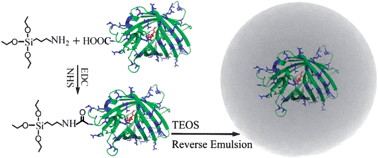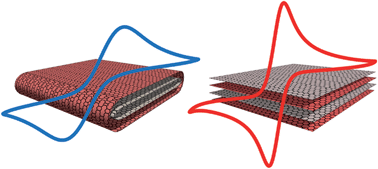 Electrochemistry of folded graphene edges
Electrochemistry of folded graphene edges
Adriano Ambrosi, Alessandra Bonanni and Martin Pumera
Nanoscale, 2011, C1NR10136F
Graphene has many exciting potential applications, from solar cells to antibacterial sheets. There has been intensive research into the various properties of graphene, and it has been shown to have excellent electronic, electrochemical, optical, mechanical and thermal properties. As graphene has a planar form, it is important to consider the affects of conformational changes of the sheets such as folding and wrinkling, which can alter electrical and electrochemical properties. An important consideration here is the properties of graphene edges, as opposed to on the sheet’s surface.
Pumera and coworkers from Nanyang Technological University, Singapore, have conducted a study of the electrochemistry of folded graphene edges, and compared it to that of open edges. Folded edges have a very different structure compared to closed edges, and therefore it is natural to assume that they should possess different physical, chemical and electronic properties. Pumera et al. conclude in their paper that the electrochemical properties are superior at the open edges, discovering that the electron transfer rate is about 35 times faster at open-edged graphene structures than at folded-edged graphenes. This could be an extremely important consideration when synthesising graphene-based materials for many applications, particularly sensing and bio-sensing, as pointed out by the authors.
To read the full article, click here.












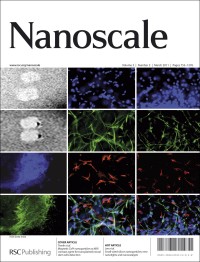
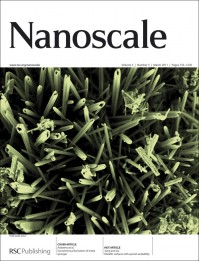
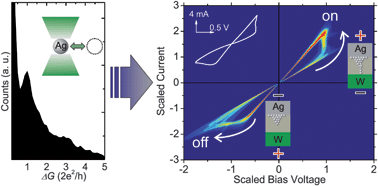 From stochastic single atomic switch to nanoscale resistive memory device
From stochastic single atomic switch to nanoscale resistive memory device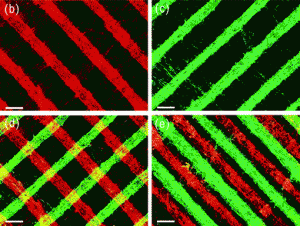
 HOT Nanoscale paper
HOT Nanoscale paper
